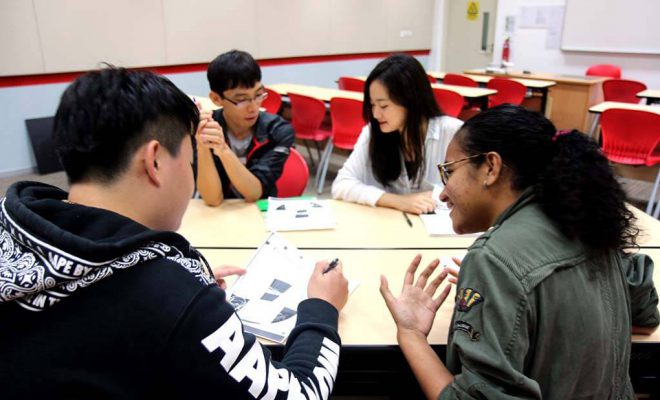One day at a time: Recollections of 2017

All languages change over time, and there can be many different reasons for this. The English language is no different – but why has it changed in 2017? It has evolved all the time, but more so over the past one year particularly, alongside advances in technology. What changes have had the biggest impact on teachers this year?
Although the Interactive White Board is a staple of many classrooms around the world, it does not automatically make for a better learning experience. Indeed, unless teachers use them skilfully to complement teaching and learning, they are little more than a distraction. Simply standing in front of this shinny whiteboard is not an effective integration of education technology.
Also impacting today’s language classroom is the development of mobile technology and the proliferation of smartphones which have enabled many of us to access the internet and a huge variety of apps. Learners too benefit from such apps. The Head of School of Languages (SOL) not only acknowledged how digitalisation has affected language learning but also the role it has played in connecting learners with the outside world. She also saw how the incorporation of digital technology could enhance and extend the language classroom beyond the physical walls. Through the incorporation of technology, students can now access an incredible amount of English-language material online. But this new information has to be reinforced, otherwise we quickly forget what we have learned.
Facebook, Email, Skype and especially Edmodo, which are a safe online environment for teachers, students and parents to connect, are already popular with teachers. This list of digital platforms is extensive and growing all the time. SOL lecturers, both associate and full time, were trained by her in many sessions. We were introduced to new digital platforms, new tools like Popplet and Padlets, where students could collaborate to generate ideas. Although this was overwhelming, it gave both the teacher and the students an opportunity for innovation in teacher resources, and to navigate the complicated range of digital tools while creating classroom activities which would facilitate learning.
Spacing out repetition – revising the information every two days, then every four, then every eight, and so on – was most effective and for this, she introduced us to Thinglink, a free and user-friendly digital tool that provides users with the ability to turn any image into an interactive graphic. Teachers could include video, record audio or provide a link to any website with the click of a button.
To drive learning most effectively she taught us to leverage on Socrative. This classroom app for fun and effective classroom engagement also allows you to instantly connect with students as learning happens no matter where or how you teach. Currently, it is also used to quickly assess students with prepared activities. Auto-populated results is used to determine the best instructional approach.
Not to forget for on-the-fly questions to get immediate insight into student understanding, we were introduced to Menti, another cloud-based student response system. And lastly, it was Kahoot which made learning fun, inclusive and engaging in all context. Together, as a team, SOL lecturers created different activities centred around multiple choice questions. The format and number of questions were entirely up to us. We added videos, images and diagrams to the questions to amplify learner engagement. The truly magical moment was when our learners became leaders.
This continuous professional development and social networking tools like WhatsApp and Padlet, speaking and writing workshops, special consultations help build channels of communication beyond the classroom. We have learnt so much about teaching young learners and are keen to contribute.
Sources : adapted from
https://kahoot.com/what-is-kahoot/
https://www.google.com.sg/search?q=what+is+socrative











